
|
|
|
|
|
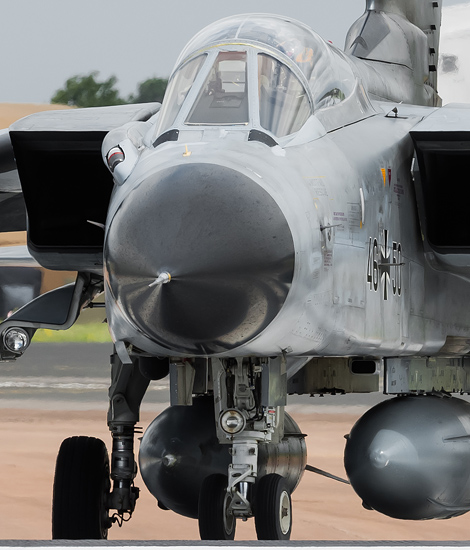
|
The F-35A Lightning II CTOL; RAF Fairford July 10 & 11, 2016
The JSF Program, part 3; Text and Photograph's by Alex van Noye
The F-35A Lightning II is the conventional takeoff and landing (Conventional Take-Off and Landing CTOL) variant of the aircraft and is intended for the US Air Force and other partner air forces. The F-35A is the replacement of the F-16 Fighting Falcon from 2018 and also the replacement of the A-10 Thunderbolt II.
The F-35A is a variant of the F-35 which is in terms of maneuverability and large G-forces similar to the F-16 Fighting Falcon. In addition, the aircraft has stealth characteristics. The aircraft will have a larger fuel capacity compared to the F-16 and the avionics are very advanced. Unlike the F-16, the F-35 will carry all its weapon loads and its fuel capacity completely internally. This ensures that the F-35A has a much larger chance of survival than the F-16 because of its stealth properties. The aircraft is the smallest and lightest version of the F-35 and is the only variant which is internally provided with a gun of the type GAU-22/A. This 25 mm gun is a further development of the GAU-12 which is built in the USMC AV-8B Harrier II. The gun is designed for a larger effectiveness against ground targets in comparison with the 20mm M61 Vulcan which is built in the most American combat aircraft. The F-35A can be equipped with two different systems in order to refuel in the air, namely; with the boom principle and the bucket principle. The aircraft can refuel in the air with a bucket system as a requirement for the Canadian Air Force; but this country didn’t confirm yet to purchase the F-35A. Also for the Japanese purchase this system was an important requirement. Because the F-35A is also suitable in the role of Close Air Support (CAS), the aircraft will replace the A-10 Thunderbolt of the USAF in the future as well. Many senior American military are still much divided in opinion about the plans of the US Armed Forces.
The primary user of the F-35A is the American USAF. The USAF has plans to purchase a total of 1763 aircraft of the type F-35A Lightning II. The production of this aircraft is already fully in progress in the factory of Lockheed, because there are already more than 150 aircraft been built for the USAF. The F-35A will initially replace the F-16 Fighting Falcon at the largest F-16 operating wings in the country. Later, the F-35A will also replace the A-10 Thunderbolt which is currently used in the famous
|
|
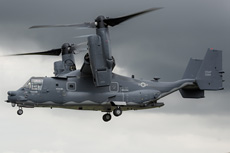
|
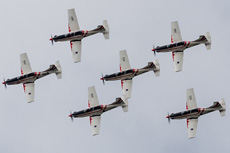
|
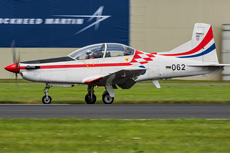
|
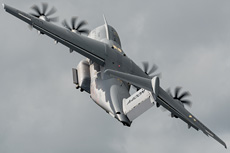
|
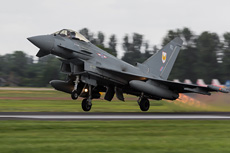
|
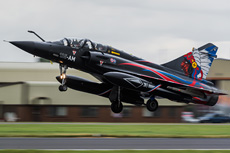
|
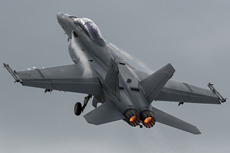
|
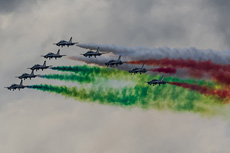
|
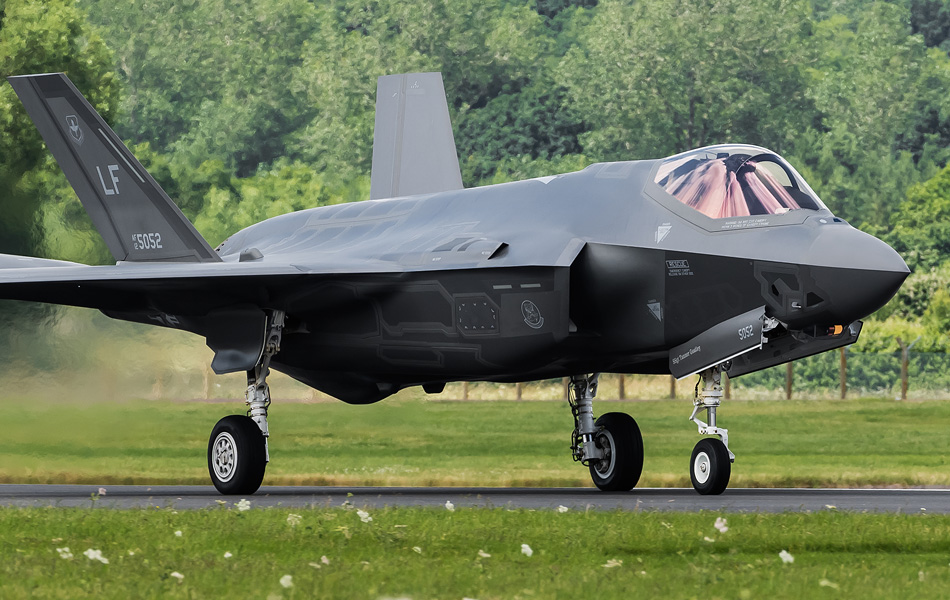
|
CAS role. In total five USAF wings in the United States will use the F-35A, these wings are; the 388th Fighter Wing at Hill AFB, Utah, the 53rd Test and Evaluation Group at Nellis AFB, Nevada, the 33rd Fighter Wing at Eglin AFB, Florida, the 56th Fighter Wing at Luke AFB, Arizona and the 412th Test Wing at Edwards AFB, California. It is not yet clear whether any F-35 wings will be installed in Europe where the USAF has currently two F-16 wings. On August 2, 2016 the US Air Force declared the F-35A ready for elemental battles. The 34th Fighter Squadron at Hill Air Force Base, Utah, had at that time twelve combat-ready jets of the type F-35A ready for worldwide deployment. It is intended that the F-35A will be fully combat ready in the beginning of 2017. The US Air Combat Command will use the F-35A during the Red Flag exercises to gain the necessary experience for the future pilots of the aircraft.
Italy is after the United Kingdom the second largest JSF partner and is a level 2 partner in the program. In October 2008, the Italian Government introduced a requirement for 131 F-35s for the Aeronautica Militare and Marina Militare. The order would consist of 69 F-35As and 62 F-35Bs. The Italian Navy plans to use the F-35B STOVL version on the new Cavour aircraft carrier. On October 7, 2008, Italy has announced that the country was not going to participate in the first F-35 testing phase. The Italian airbase Cameri is the only factory where the F-35 will be produced, maintained and updated outside the United States. The aircraft which are built for Italy and the Netherlands will be built in this plant. In the beginning of February 2012, in Italy it was decided to reduce the order to fewer planes of the both F-35 variants. The order would be reduced by 41 aircraft from 131 to 90 aircraft as a result of the debt crisis in Italy. On June 26, 2013, the ruling parties in the Italian parliament gave the formal approval for the further advanced testing of the F-35 during the program. On July 16, 2013, the Senate has approved to really purchase the existing order of 90 aircraft. The first F-35A which was assembled in Cameri flew in Italy on September 7, 2015. Besides Italy the Netherlands is the second level 2 partner in the JSF program. The Netherlands initially had plans to purchase 85 F-35A aircraft. However, by continuously implemented cuts in budgets the order was eventually decreased to 37 fighters in Dutch service. The Netherlands has currently two F-35As which are taking part in the operational testing of this variant.
Besides the previously mentioned countries, there are also a number of level 3 partners which have decided to the purchase of the F-35A Lightning II. One of these countries is Australia; this country will buy 72 aircraft in total with an option for another 28 aircraft. The F-35A in Australia will replace the aging F/A-18 Hornet. Canada is also a level 3 partner in the JSF program. Canada initially wanted to purchase 65 F-35As to replace the F/A-18 Hornet. The third level 3 partner is Denmark; this country wants to purchase a total of 27 F-35As to replace the F-16 Fighting Falcon. The Danes will join the test program at Edwards, but they have no F-35A available for the program. Norway takes as a Level 3 partner actively part in the test program of the type. In total, the Norwegian Air Force will buy 48 F-35As as a replacement for the F-16 Fighting Falcon. The F-35A for the Royal Norwegian Air Force will have a parachute installed. Norway is the first country which will purchase the parachute pod. Turkey is participating in the program as the seventh partner since 2002. In total, the Turkish Air Force ultimately wants to purchase 120 F-35As to replace a part of the F-16 fleet. Japan and South Korea would both end up buying 37 and 40 F-35As for their air forces. Israel would like to develop the F-35A further to the F-35I variant with improved electronics as a cooperative partner in the program. The country wants to build a total 42 F-35I aircraft.
|
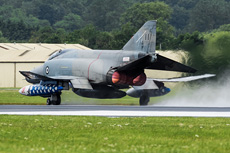
|
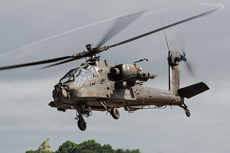
|
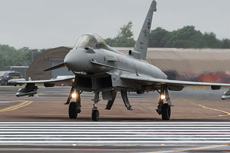
|
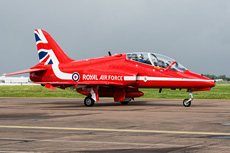
|
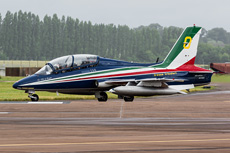
|
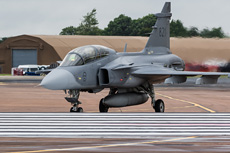
|
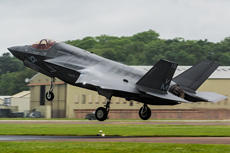
|
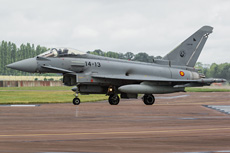
|
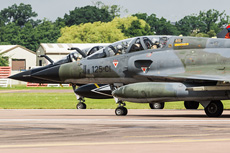
|
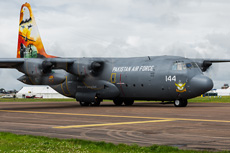
|
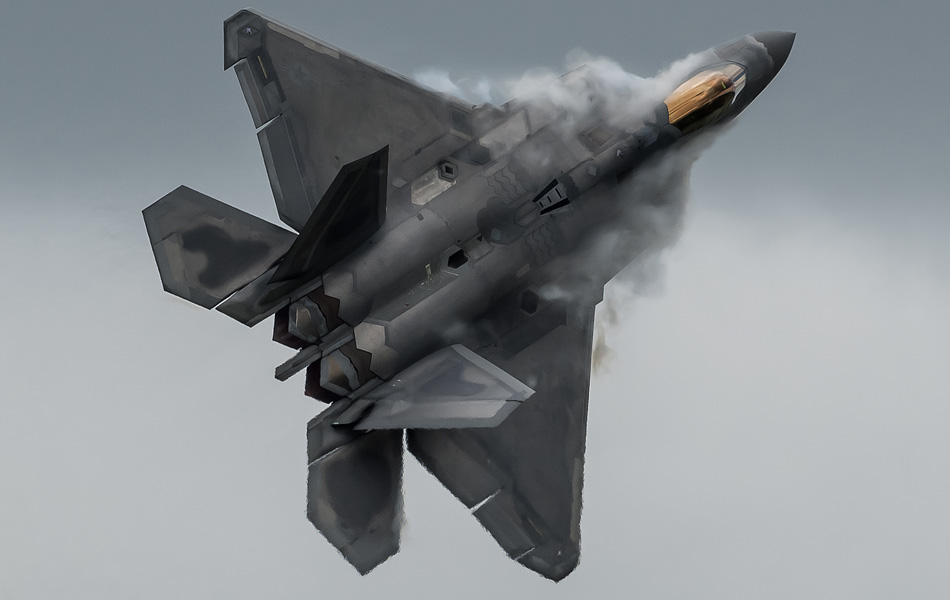
|
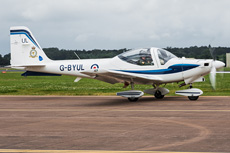
|
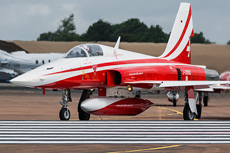
|
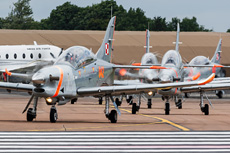
|
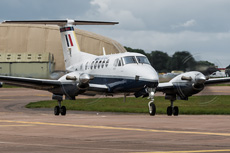
|
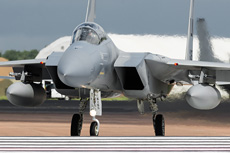
|
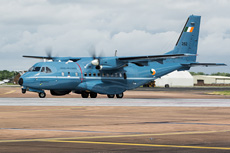
|
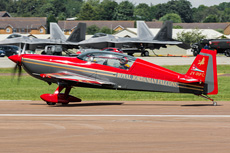
|
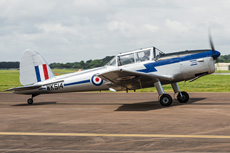
|
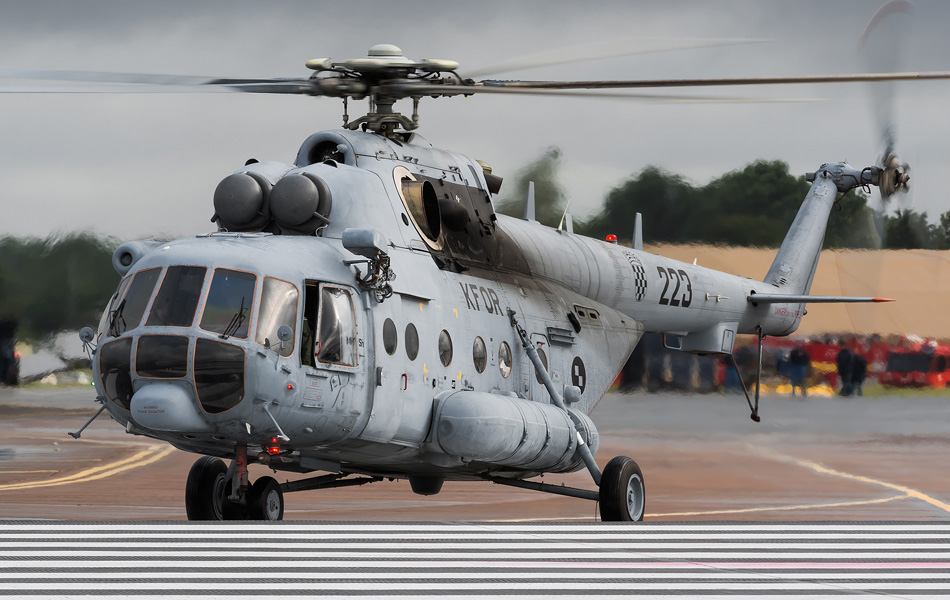
|
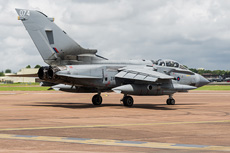
|
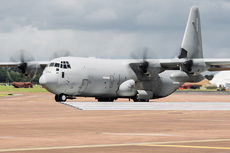
|
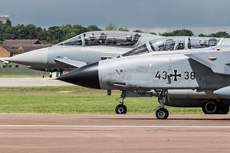
|
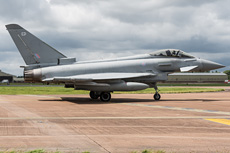
|
|
|

|







